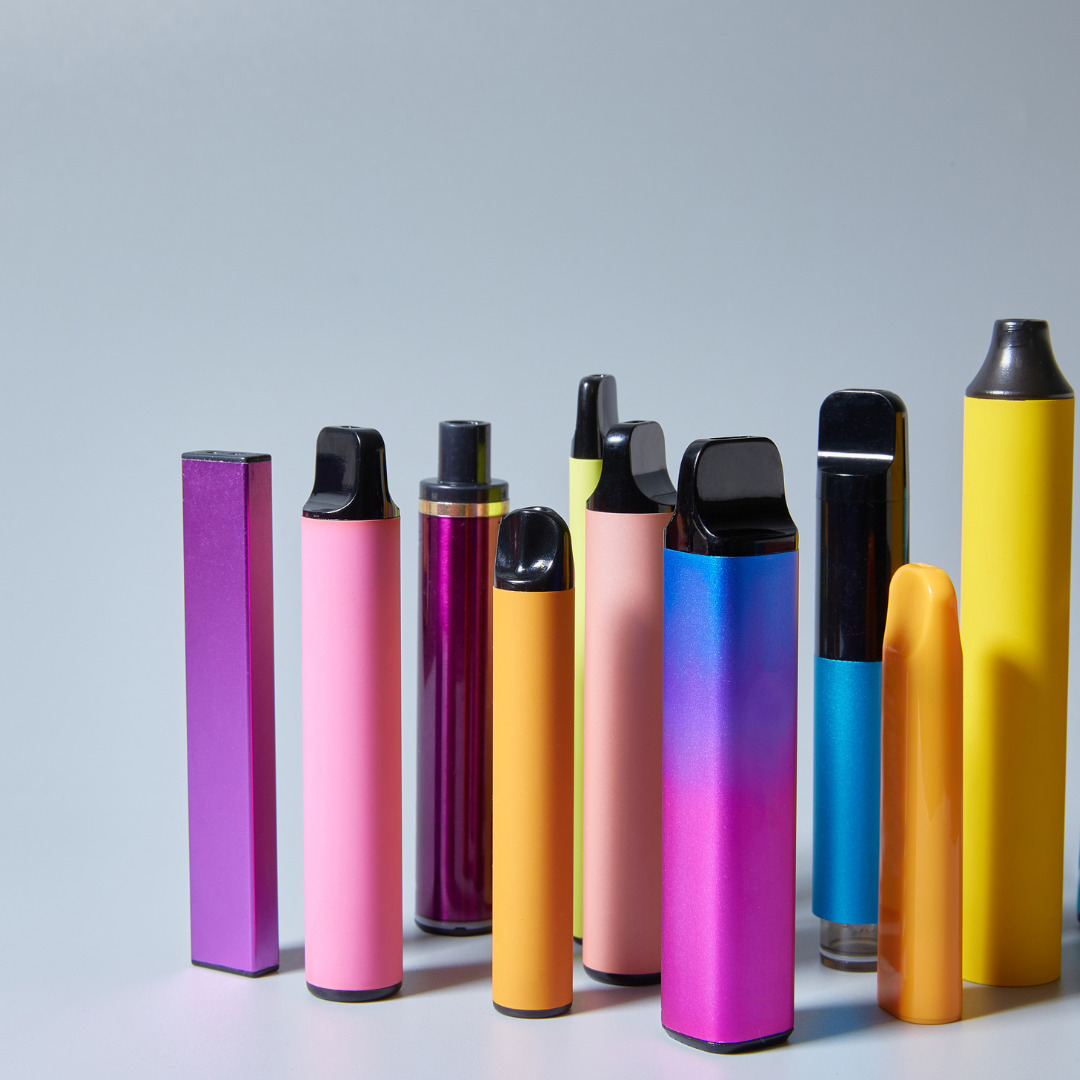Vaping and tobacco
Supporting
collective action on vaping



Evidence suggests that e-cigarettes (commonly referred to as vapes) may contain nicotine levels equivalent to 20 cigarettes1. E-cigarette use, or ‘vaping’ is the single strongest risk factor for Victorian adolescents to take up tobacco smoking2. Vaping has doubled among Victorian adults from 2019 to 2022.3
These were some of the stark facts presented at the Western Public Health Unit (WPHU) Population and Preventive Health Network’s inaugural Vaping and Tobacco Action Group (V-TAG) meeting on 31 August 2023, which brought together WPHU team members with representatives from local councils, community health organisations, health services, and the Department of Health. WPHU’s mission includes taking effective public health action across its catchment, which covers eight local government areas in Melbourne’s central and western suburbs.
Chaired by Adjunct Associate Professor Veronica Graham – WPHU’s Senior Manager, Population Health Promotion – the meeting’s purpose was to develop a shared vision for reducing vaping and tobacco-related harm across the catchment, to de-normalise and prevent the use of e-cigarettes and to identify opportunities for collective action.
A/Prof Graham presented local insights into e-cigarette use followed by a presentation from Quit Victoria’s Sabine Ostrowski, Manager Communities and Places, on their current evidence-based initiatives and resources to reduce vaping and tobacco-related harm, as well as their soon-to-be-released school-based education resources, which received significant interest from WPHU catchment stakeholders.
Participants then explored opportunities for action, with two options resonating most. The first action was to adapt and amplify Quit’s ‘See through the haze’ campaign across the WPHU catchment – using local knowledge, community and trusted leaders to tailor key messages so they reach intended audiences.
The second action involved the roll out of ‘No smoking or vaping’ signage in smoke-free areas replacing ‘No smoking’ only signage. Under the Tobacco Act 1987, it is prohibited to vape in a smoke-free area, protecting communities from both second-hand smoke and aerosol. Anecdotally, however, there is low community awareness that vaping is prohibited in smoke-free areas. Updating signage has the potential to help discourage and de-normalise vaping.
In partnership with members of the V-TAG, WPHU is now busy scoping the two priority actions and strategies for implementation and will present an update at the next V-TAG meeting.
Inaugural meetings for action groups supporting the WPHU Population and Preventive Health Network’s focus on healthier eating and food systems and tackling climate and its impact on health will occur in September and November, respectively.
Relevant links:
References:
1. R. Jackler, D. Ramamurthi, Nicotine arms race: JUUL and the high-nicotine product market, Tob Control, 28 (6) (2019), pp. 623-628. Available from: Nicotine arms race: JUUL and the high-nicotine product market | Tobacco Control (bmj.com)
2. Scully M, Greenhalgh E, Bain E, Wakefield M, Durkin S, White V. E-cigarette use and other risk factors associated with tobacco smoking susceptibility among Australian adolescents. Aust N Z J Public Health. 2023 Aug 21:100076. doi: 10.1016/j.anzjph.2023.100076. Epub ahead of print. PMID: 37620243.
3. Bayly M, Mitsopoulos E, Durkin S, Scollo M. E-cigarette use and purchasing behaviour among Victorian adults: Findings from the 2018-19 and 2022 Victorian Smoking and Health Surveys. Prepared for: Quit Victoria. Centre for Behavioural Research in Cancer, Cancer Council Victoria: Melbourne, Australia, October 2022. Available from: https://www.cancervic.org.au/downloads/cbrc/R22_MB_E-cigarette use and purchasing behaviour among Victorian adults.pdf


